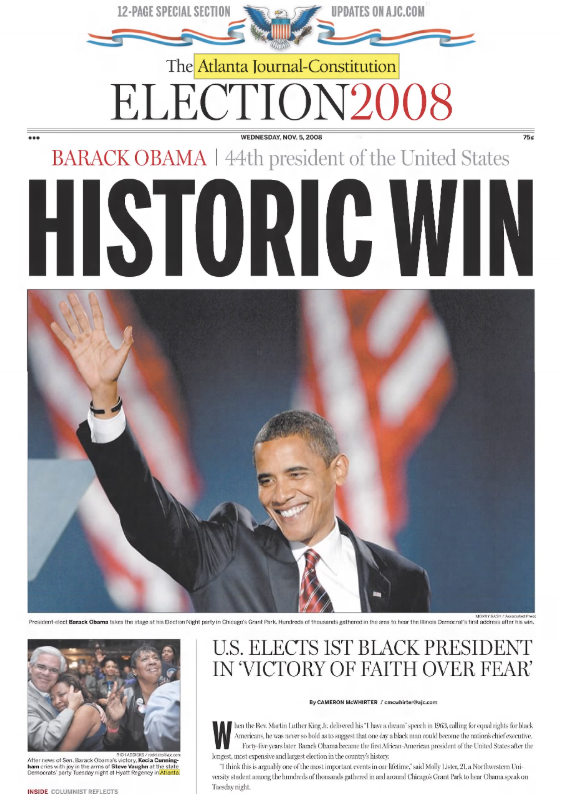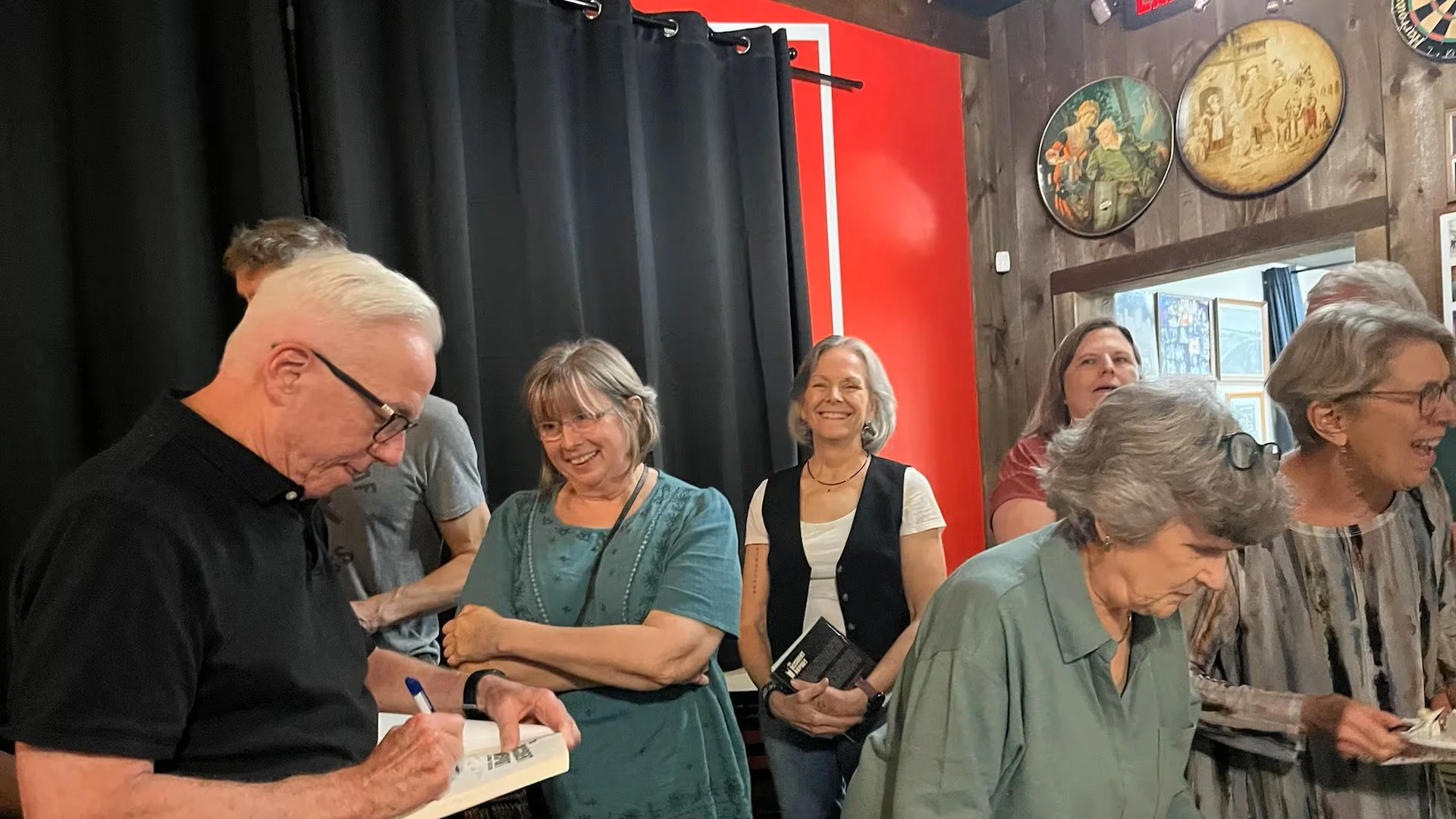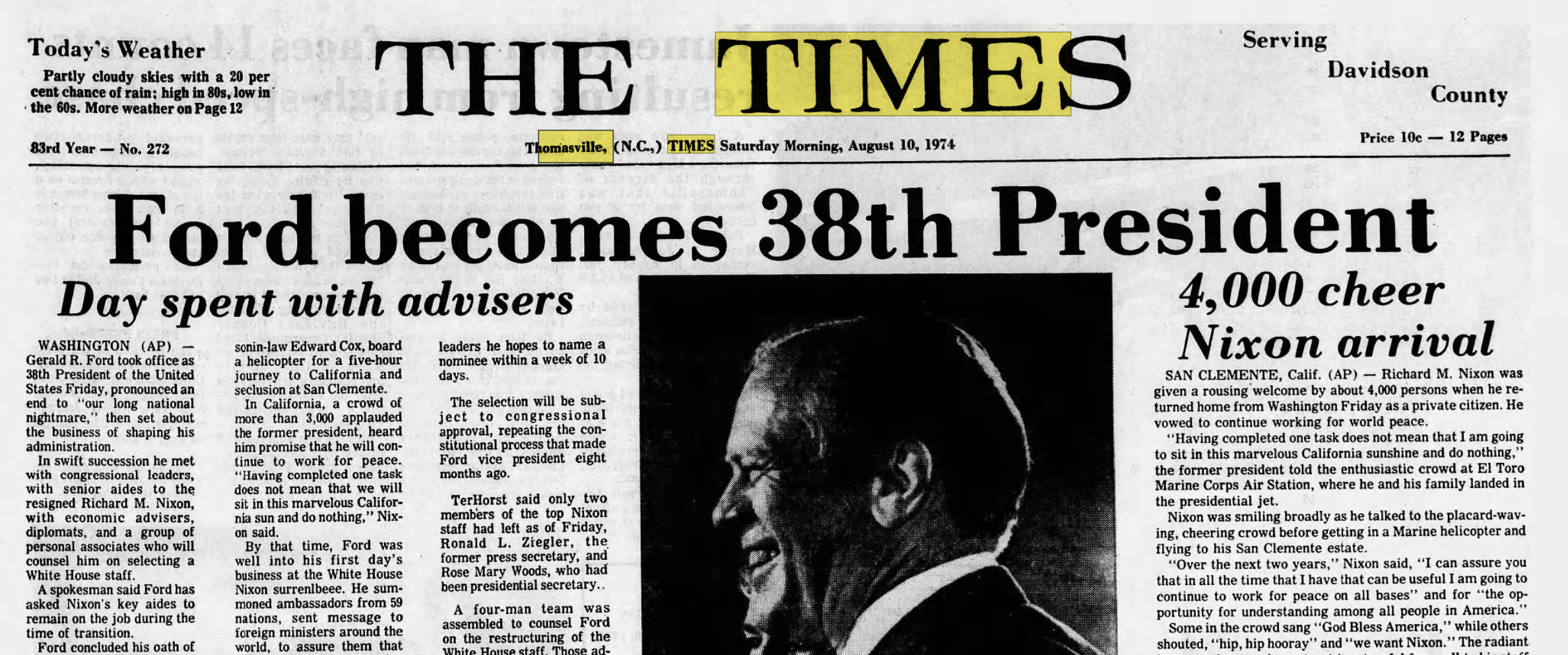Available in Paperback, Kindle, or Audiobook
A car crash. A cover-up. A rookie reporter out of his depth.
It’s 1974, and Ronald Truluck is chasing the biggest story of his career—if he can keep the facts straight.
Will he break the story, or will the story break him?

“Inside every accident report is a bigger story waiting to be told.”
Events
Events
About Ralph Ellis
Ralph Ellis is a seasoned journalist and a newbie novelist. His goal is to create sparkling fiction based on the hours, days, and years he spent grinding out stories about hubcap thefts and sewer regulations.

A Young Reporter With Not-So-Great Expectations
Charles Dickens’ great-granddaughter wrote a novel about working for a provincial newspaper in 1940s England.
RoughDraft Atlanta: Veteran journalist Ralph Ellis releases debut novel, ‘The Accident Report’
He’s written a crime/mystery novel infused with small town newsroom details and a cast of quirky Southern characters.

What We Lose When the Presses Stop
There won’t be any more commemorative front pages after the AJC stops printing actual newspapers.
Queen City Nerve: Ralph Ellis Looks Back 50 Years with ‘The Accident Report’
New NC-based novel gives glimpse of long-gone era in journalism.

AJC: Laughs are not accidental in journalism novel ‘The Accident Report’
Longtime Atlanta writer Ralph Ellis pens a funny tale of Watergate-inspired investigative reporting at a small-town Southern newspaper.
The Citizen: Former Peachtree City Resident Ralph Ellis Publishes Book
The Fayette County paper says the book stars a “long-haired, anti-establishment 1970s crime reporter looking for a big story to cover in a post-Watergate era.”

ArtsATL: Partners in the arts: wordsmiths Ralph Ellis and Susan Puckett

ArtsATL: A Humorous Ode to Old News

Where I Was the Day Nixon Resigned
It wasn’t exactly business as usual on August 9, 1974.

Ronald Truluck’s Counterpart
It turns out I’m not the only guy to write a coming-of-age novel about a young reporter trying to make it at a Southern newspaper.

Beware the Dog
Nothing could stop me from getting the story—not even a vicious dog.

Lighting Up
When I started working for newspapers, smoking was practically in the job description.

A Correction
My Favorite Mistake

My Middle Initial
It started with an unsettling job interview.

Going Underground
My first gig, back when long hair meant something.

The Newsmaker
At an early age, I became a public figure.












